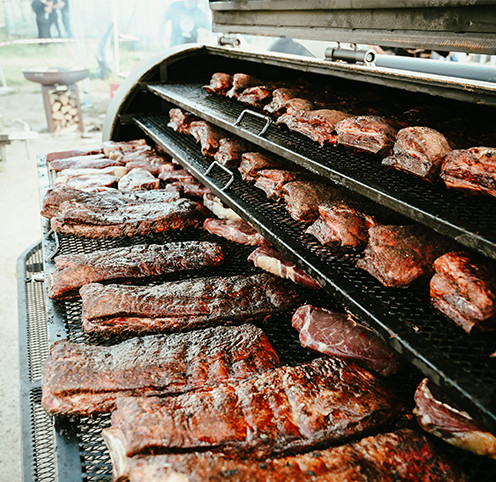Outdoor catering: challenges and solutions
Each spring, the catering sector faces perhaps its most important task of the warm season – outdoor trade. The organisation depends on the form of the activity, i.e. whether you offer ready-made products or cook entirely on site. In both cases, however, two things need to be ensured: facilities that meet the correct security requirements and high-quality services that provide a memorable customer experience. This means not only creating a cosy terrace with ice cream or a food stall, but also hiring staff with excellent sales skills.
Location
The concept of outdoor catering often depends on the location. Therefore, if you are planning to sell ready-made products, it is best to choose a place that is usually crowded with lots of foot traffic. If you would prefer to offer unique dishes, such as visually and aromatically tempting grilled steaks, look for a more remote space surrounded by an abundance of vegetation that will complement this concept.
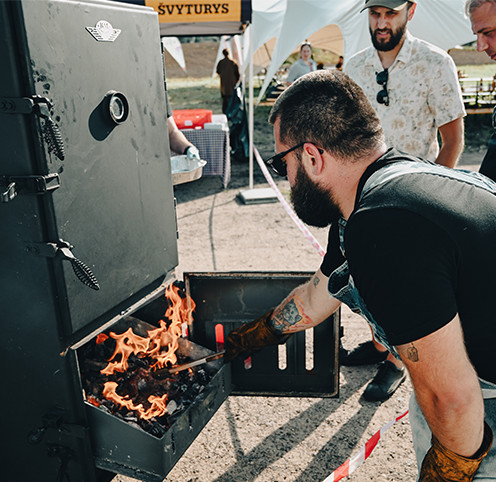
If you do not have a stationary power supply nearby, you will need to think carefully about all your production processes, product storage options and service schemes, to avoid unnecessary steps.
Hygiene requirements
Outdoor retail sites must have a number of hygiene products available, including disinfectant, paper and gloves. These are especially important for those who sell ice cream. Servers who touch ice cream containers or waffle cones, and then handle money, must use gloves and disinfect their hands after each action.
Hygiene requirements for catering are stricter than for other forms of trade. An essential element of safe cooking in an outdoor facility is hygiene, which requires running cold or hot water. Important! To ensure it is potable the water must be inspected, and a sink must be equipped to collect and dispose of wastewater where it is permitted by the regulations.
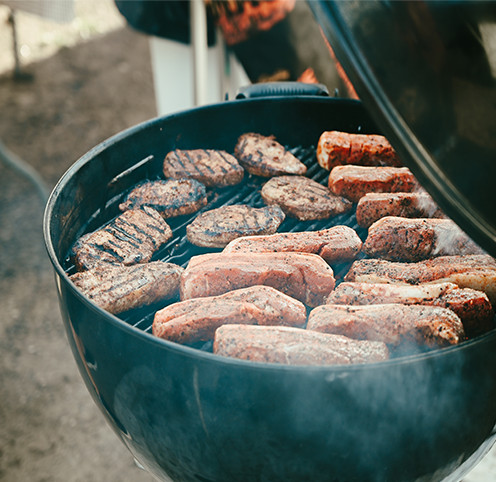
“Usually, when we work outside, we have to do without the advantages of a professional kitchen: we have no wide countertops, fridges or multiple sinks. Therefore, it is necessary to think about the order of storing semi-finished products and the packaging, to create a compact workplace, streamline the meal production and delivery processes, and equip the workplace with easy-to-clean surfaces. The most important consideration in the summer is refrigeration equipment that can be relied on to ensure food safety,” said Jurgita Viltrakienė, a Technologist at the gastronomic consulting agency Kitchen Rules. By the way, don’t forget to install a disinfectant stand for your customers as well.
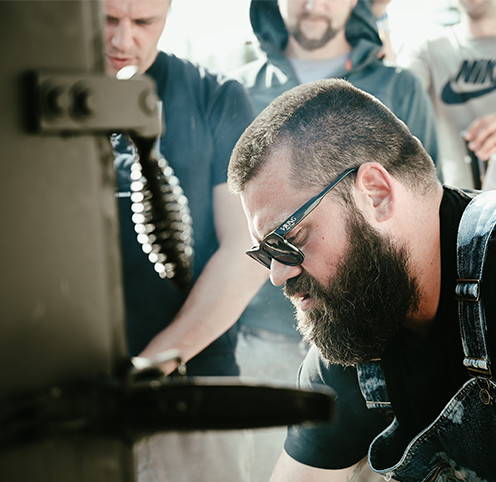
Preparation and safety at work
Grills are the most commonly used appliances in outdoor restaurants and terraces. “However, these are fickle instruments, which can be affected by the surrounding temperature,” explained Vylius Blauzdavičius, Barbecue Chef and Judge licensed by the international KCBS (Kansas City Barbeque Society). “Therefore, you must consider the worst-case scenarios. Let’s say there’s a fire. What should you do? First, grab a cloth and a fire extinguisher. But where are they? Most people don’t want to think about these things, and they only assess the best-case scenarios, but preparing for various situations allows you to react quickly, safely and professionally, and most importantly – to solve them.”
You should also anticipate how to maintain occupational safety when it’s raining or in the case of strong winds. Here are some tips:
- ask the equipment manufacturer about the specific operating conditions in adverse weather;
- evaluate fencing options with an exterior designer and discuss the options to maintain a safe distance;
- train your service staff in how to handle bad weather; for example, how to serve meals.
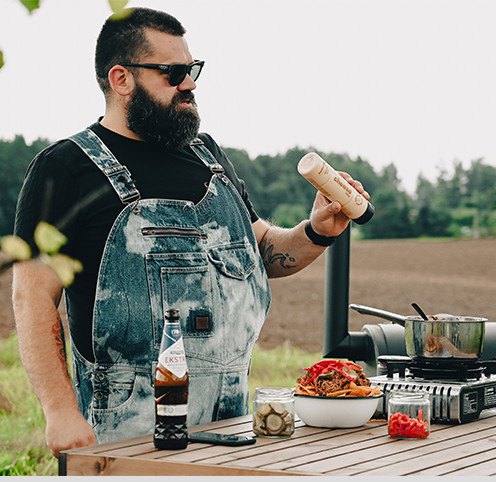
Preparation and planning
When preparing food outdoors, it is recommended to keep it as simple as possible, by using pre-prepared semi-finished products. The founder of Chef the Viking, V. Blauzdavičius, noted the importance of careful planning, taking into account the number of meals and the weather conditions, as meat preparation processes can take as long as 5-7 hours. The weather conditions can have a big influence on the grill heat and the cooking time. “If you want to serve 10 burgers at once, you’ll need a large barbecue, which can hold that many patties at one time. The whole process is important: where are the meat is stored, where it is placed after grilling, and how quickly you can serve them to the customer. Large delivery tables and heating lamps are not available outside. In a professional kitchen, everything is at hand – but when you go outside, you only have what you take with you,” the meat expert warned.
Finally, he added a couple of suggestions about lighting the grill: “It’s an important action. Use the simplest means possible – such as paper towel and oil, as flammable liquids can leave an aftertaste on the meat. Also, when cooking, always ensure the grill remains burning.”
